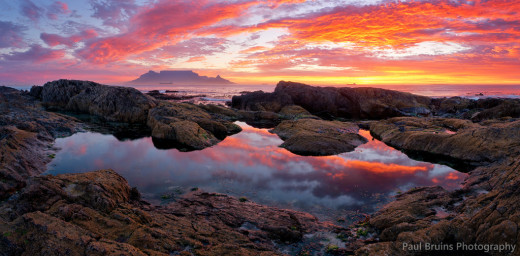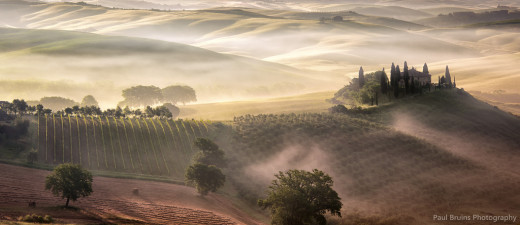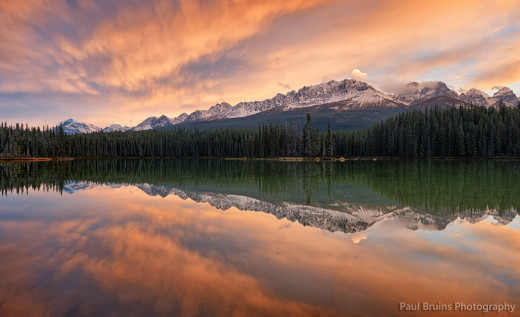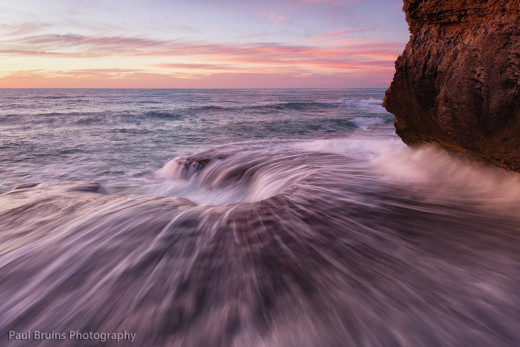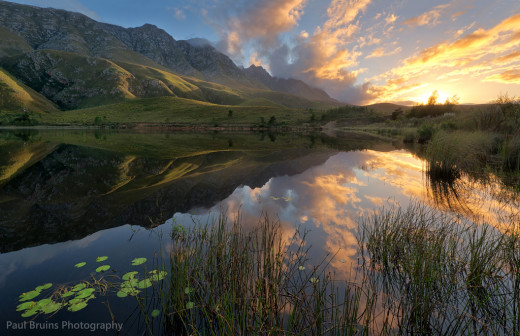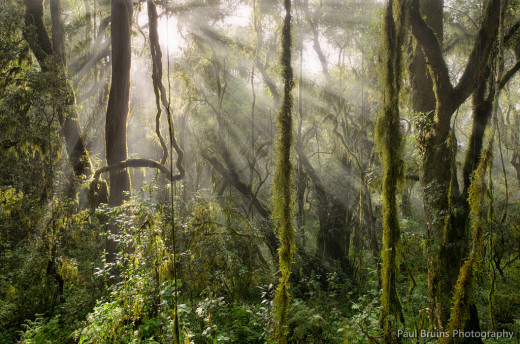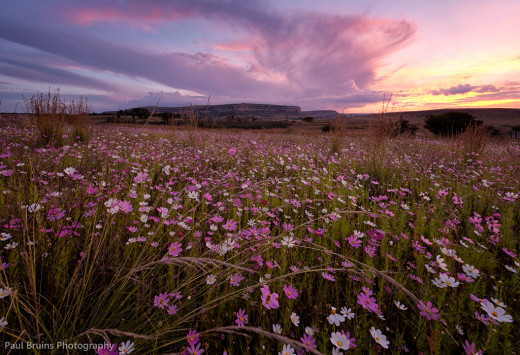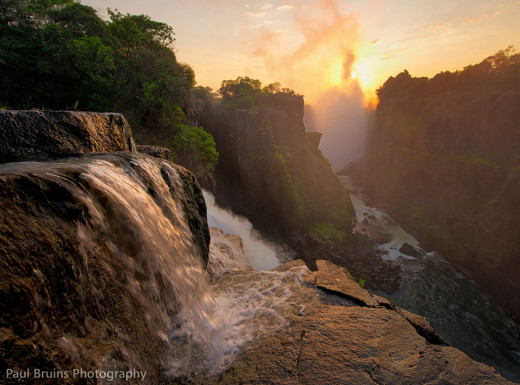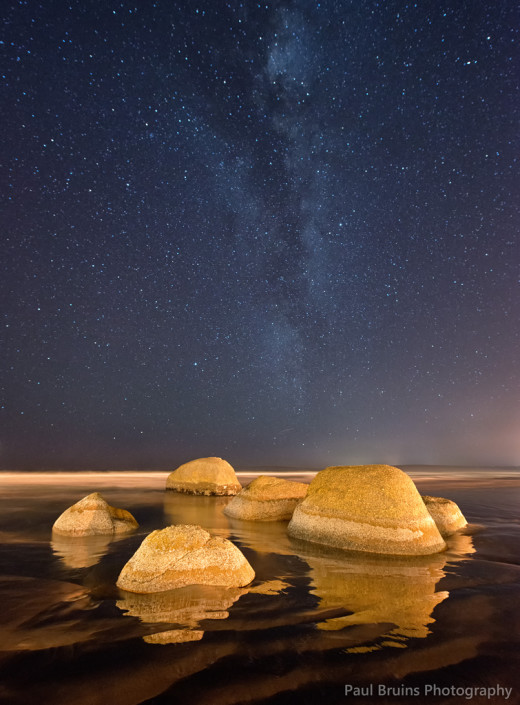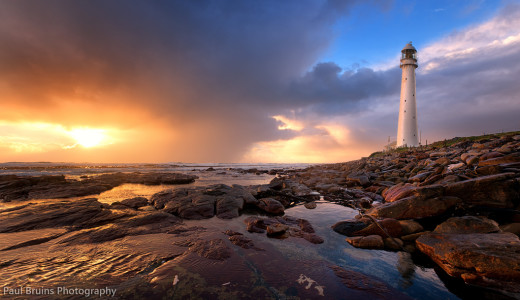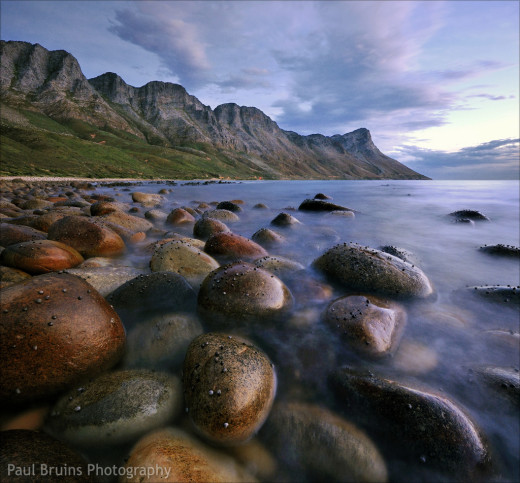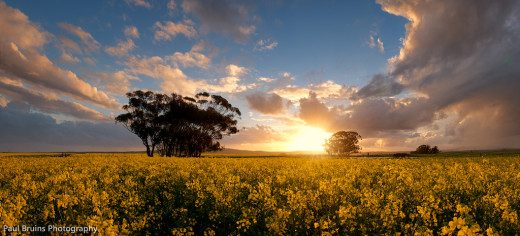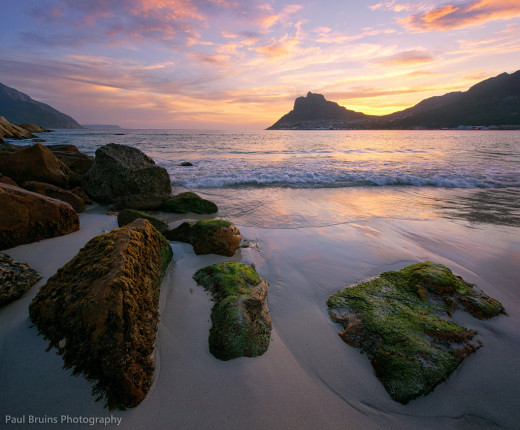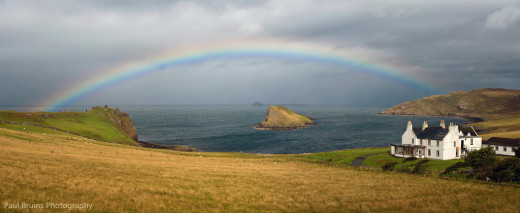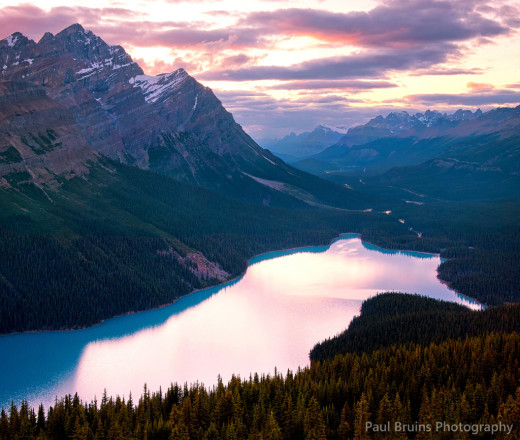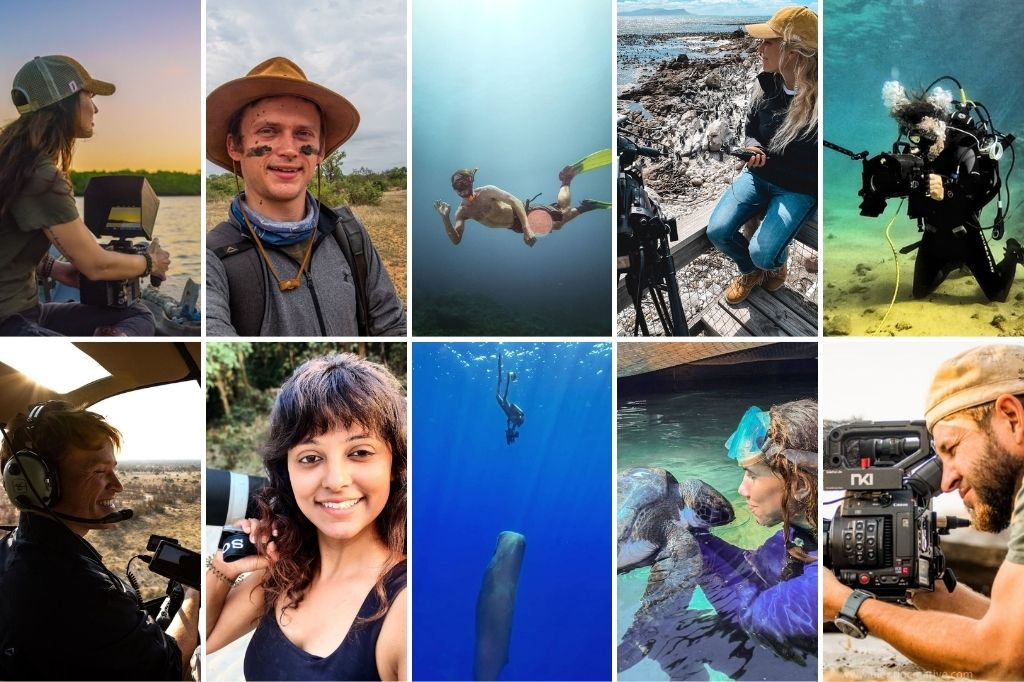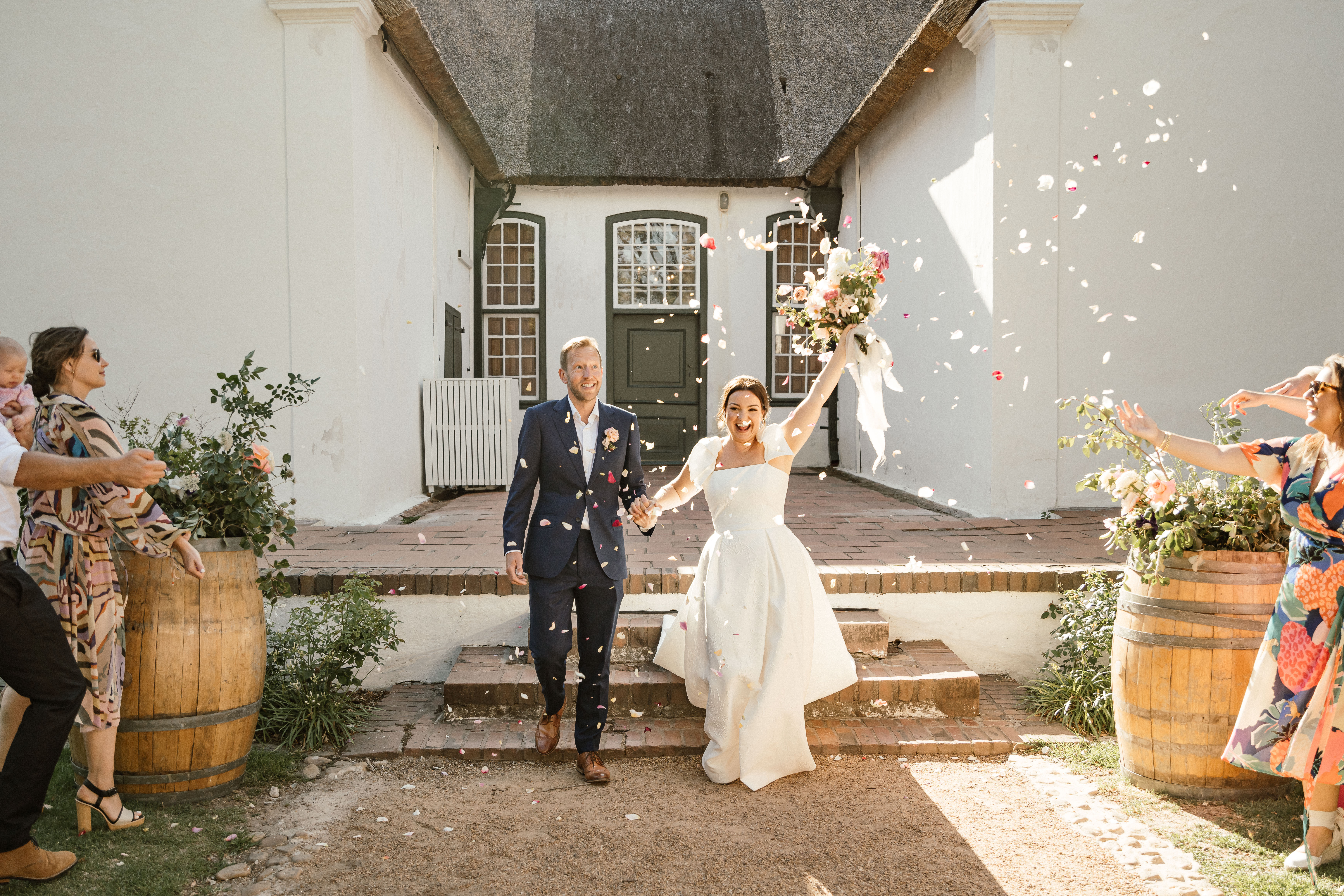Orms Connect Interview: Landscape photographer Paul Bruins shares how he get started, tips for taking great photos, and more.
In this Orms Connect interview, we speak to contemporary landscape photographer Paul Bruins.
Paul is based in Cape Town, and specialises in capturing beautiful landscapes and panoramas throughout South Africa and abroad. Together with Hougaard Malan, another great South African landscape photographer, Paul also offers photography tours and workshops around the world with CapturEarth.
Orms Connect: Let’s start things off with a bit of a background. When did you first discover photography?
Paul Bruins: My first photographic experience was a school project where we all had to build a pin-hole camera, expose three photos, and then develop the photos in a self-constructed darkroom. I can still clearly remember the huge excitement that I felt when I saw the images slowly appearing on the paper while I was developing them.
I was much more excited than the rest of my family though, since I’d built the darkroom in the only bathroom in our house (by sealing all the windows and doors with several layers of black plastic), and I wouldn’t let anyone else use the bathroom until my images were completely developed. They were as relieved as I was when I’d finally finished with my project.
OC: If you’re like most photographers, you’ve probably shot a little bit of everything, but clearly you found your passion in landscape photography. What made you fall in love with the genre?
Paul: Yes indeed, I have shot a bit of everything, starting off with portraits of my friends and the occasional wedding, to still-life, macros and anything else which I considered visually interesting.
I’ve always appreciated and enjoyed the early architectural styles of the Cape, particularly the thatch-roofed Cape Dutch houses with their wonderful ornate curved gables. This love of Cape Dutch architecture blossomed when I first discovered (belatedly) the pleasure of good Cape wine, and I soon started spending an equal amount of time photographing the magnificent gables of our historic wine estates, as I did tasting their magnificent wines.
On my weekend jaunts into the countryside to discover and photograph yet another interesting Cape Dutch homestead, I would quite often find something else of photographic interest, mostly influenced by the soft light, but also partially influenced by my mellow mood after sampling yet another vintage of first-class red wine. Thus my evolution from snapping portraits of friends to serious landscape photography was probably motivated by equal amounts of Cape culture and Cape viticulture.
OC: What has been your favourite location to shoot at so far? And what about the most challenging location?
Paul: Although I absolutely love shooting the diverse landscapes of Southern Africa, my favourite photographic destination is the Canadian Rockies, and more specifically the landscapes of the Banff National Park.
For landscape photographers, the national parks of the Canadian Rockies have plenty to offer – impressive snow-capped mountains (at least 20 peaks are over 3353 meters tall), in excess of 1400 lakes, more than 1000 glaciers and nearly 1300 different species of trees and plants. I could easily spend an entire year shooting in the Canadian Rockies, without ever running out of inspiration or interesting compositions.
In fact, the landscapes of the Canadian Rockies are so consistently beautiful and dramatic that I maintain that it would be quite possible to travel through the Banff National park blindfolded while taking photos at random, and still come home with amazing images!
Some of my most challenging locations have also been in the Banff National Park. Although there are literally thousands of great compositions to be found within a few hundred meters from the roadside, some of the best views require some serious hiking and climbing, which is not always easy with the lack of oxygen at those high altitudes, and while carrying around 15 kilograms of cameras, lenses and tripod.
OC: Do you have any tips for keen photographers wanting to shoot better landscapes?
Paul: 1. Take your photos with intent. The most important requirement for taking a great photograph is to really want to take a great photograph. Taking your photos with intent means that you are taking all aspects of the image that you’re attempting to create into consideration, from which lens to use, the shutter speed, aperture, composition, and any other variable that will affect the quality of your image.
2. You should only ever shoot what appeals to you, and don’t be influenced by what appeals to others. Try to develop your own style and then stick with it. View other photographer’s work for inspiration, but don’t try to copy their compositions or distinctive style.
3. Understand your camera’s features, capabilities and limitations until it becomes an extension of your hand. You shouldn’t have to think to take a photo, you should intuitively know where every single button and dial is situated, and you should be able to make adjustments to your settings without hesitation.
4. Learn the rules of composition and all the techniques that you could use to create balance and harmony, and to direct the viewer’s eyes towards your primary subject. The quality of light is very important, but a weak composition with great light will always be inferior to a strong composition with bad light.
5. Don’t be lazy. Go out shooting as often as you can. Even when the light is not ideal and you don’t have an interesting subject to photograph, you will have a much greater chance of capturing something beautiful if you go out with your camera, than if you stay at home watching TV.
OC: We all have our own favourite images, but which of your photos would you say is the most interesting? Perhaps there’s a bigger story behind the photo, or a clever technique was used that’s not obvious at first.
Paul: My favourite image is a very recent one called “Blue Hippo Sunrise” (the photograph below), captured at the dam on the Blue Hippo guest farm, which is situated a few kilometers outside Greyton. Unfortunately there is no bigger story behind this image, nor did I use any clever techniques to capture and process it. It is simply a case where everything came together perfectly – an interesting subject, a strong composition, fantastic clouds and perfect light. I couldn’t have asked for more!
OC: When you’re not shooting or editing, what do you do for fun?
Paul: My whole existence is consumed by photography! When I’m not out searching for and capturing new images, most of my free time is either spent processing my images, reading and writing photographic-related articles and blog-posts, or planning my next trip to another destination on my bucket-list.
Whenever my inspiration is lacking and I’m feeling a bit burned out, I go and spend a couple of days at my farm in the Little Karoo. It’s not really a farm in the traditional sense though, it’s more like a few hundred hectares of undisturbed mountain-side, where I have built a small cottage with only the basic necessities and no modern-day conveniences. With no cell-phone coverage and no electricity, this is where I go to relax and recharge my batteries.
OC: Do you have any favourite photography websites that you go to for inspiration?
Paul: My favourite photography-related websites are (in no particular order):
OC: Who’s your all-time favourite landscape photographer?
Paul: It is impossible for me to pick only one all-time favourite landscape photographer. The photographers whose work have inspired me the most are (in no particular order):
- Ansel Adams
- Chip Phillips
- Marc Adamus
- Miles Morgan
- Kevin McNeal
- Paul Zizka
- Grant Ordelheide
- Hougaard Malan
We’d like to thank Paul for his time and for sharing his photos with us! Here’s some more of his incredible work – if you enjoy the photos, be sure to follow him on Facebook, Flickr and 500px for updates.
Photographs shared with permission.


